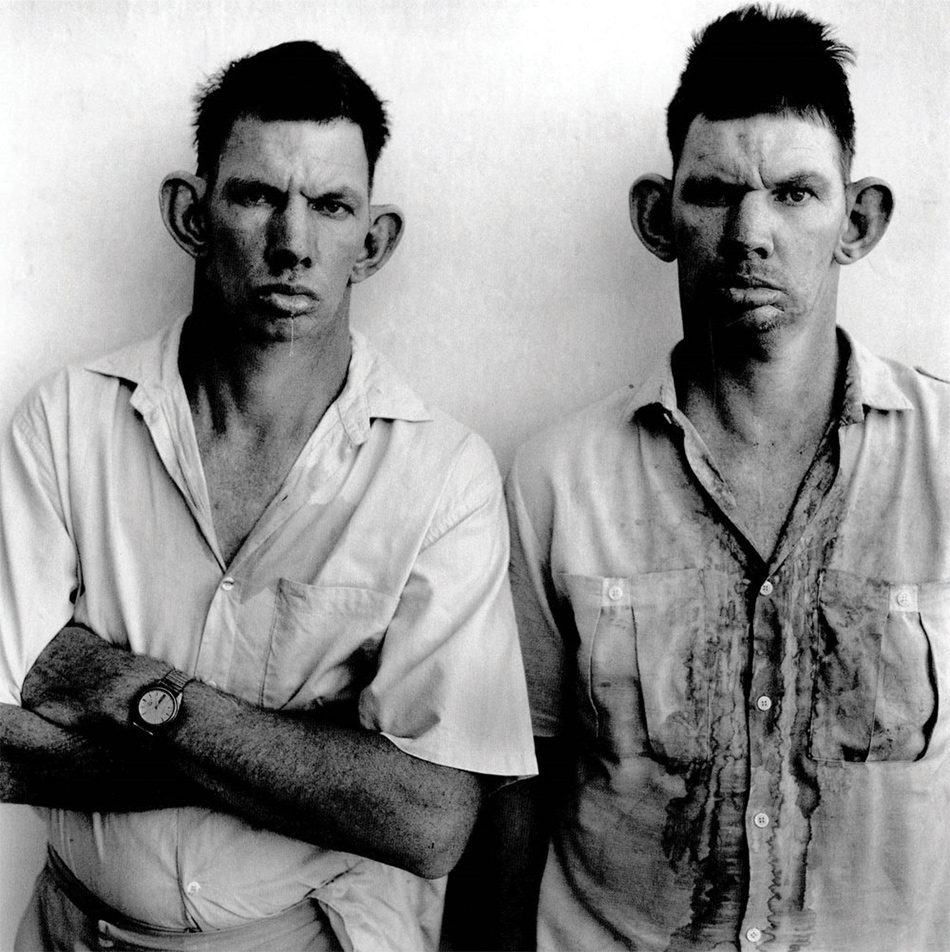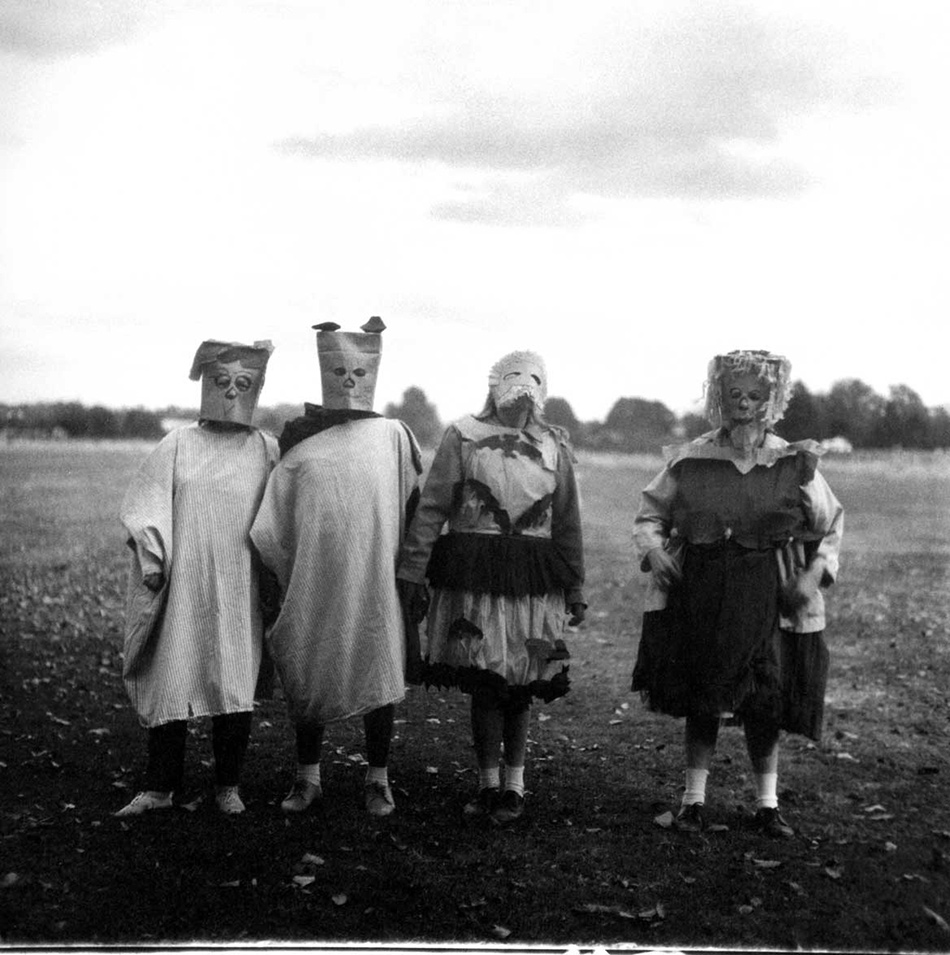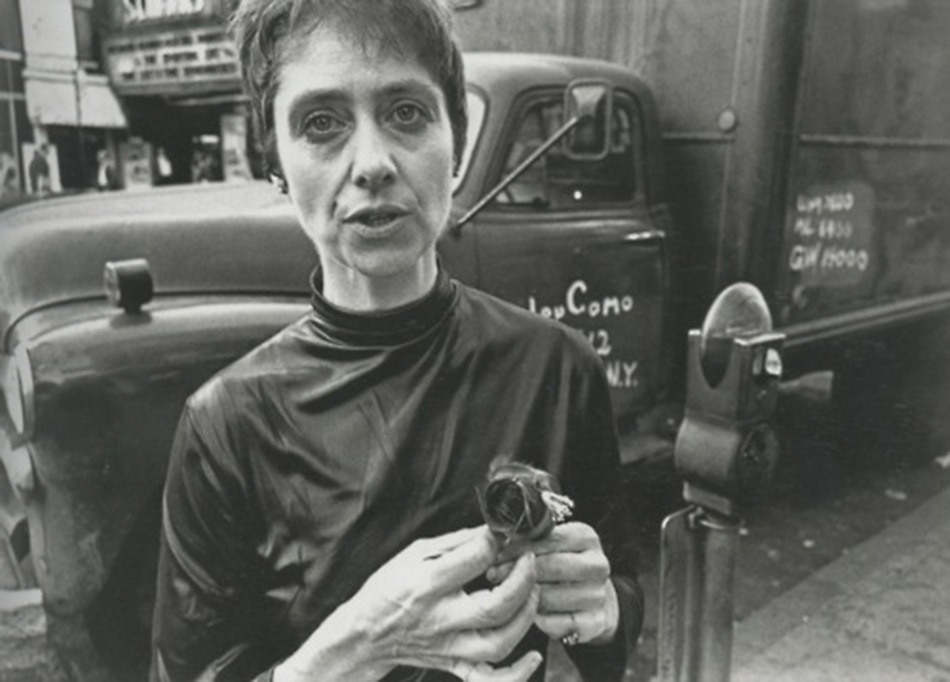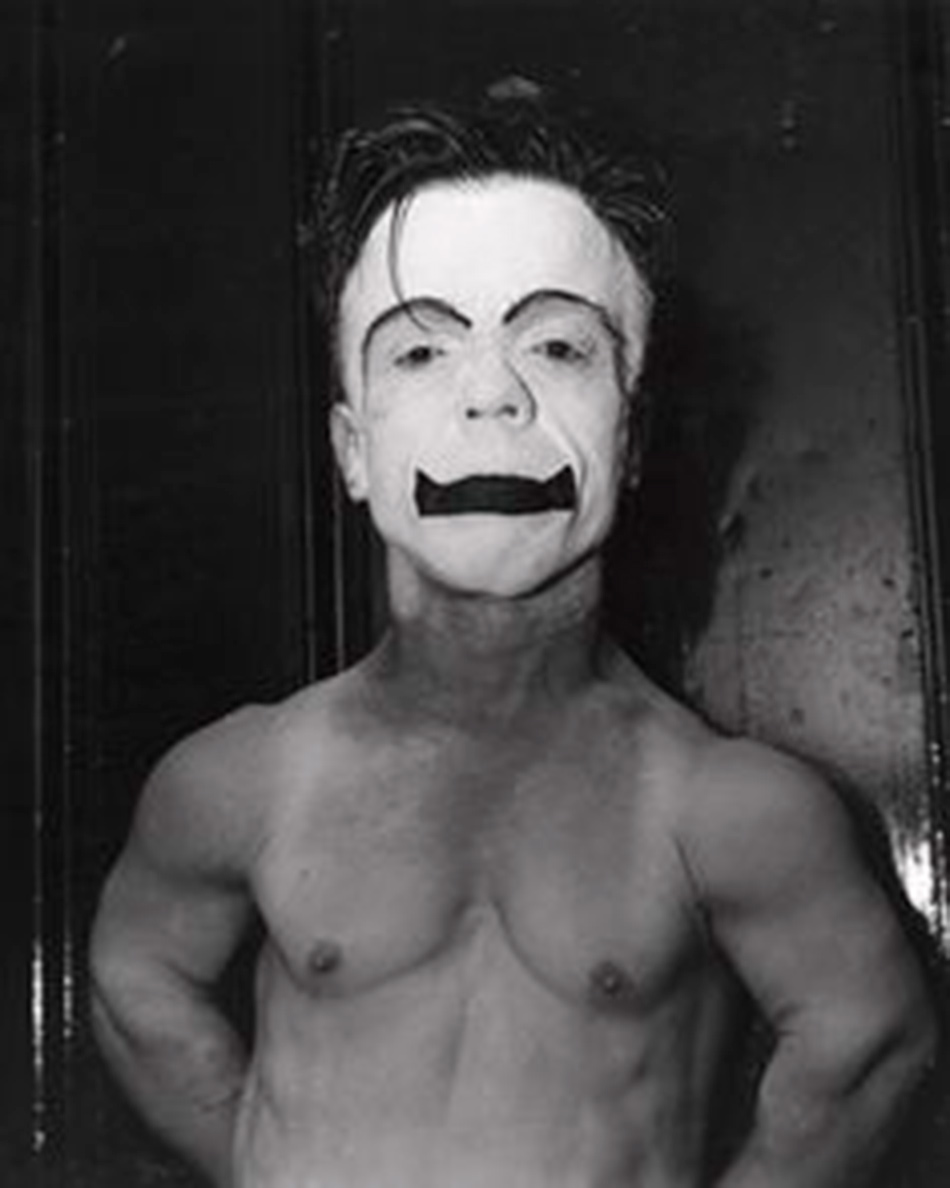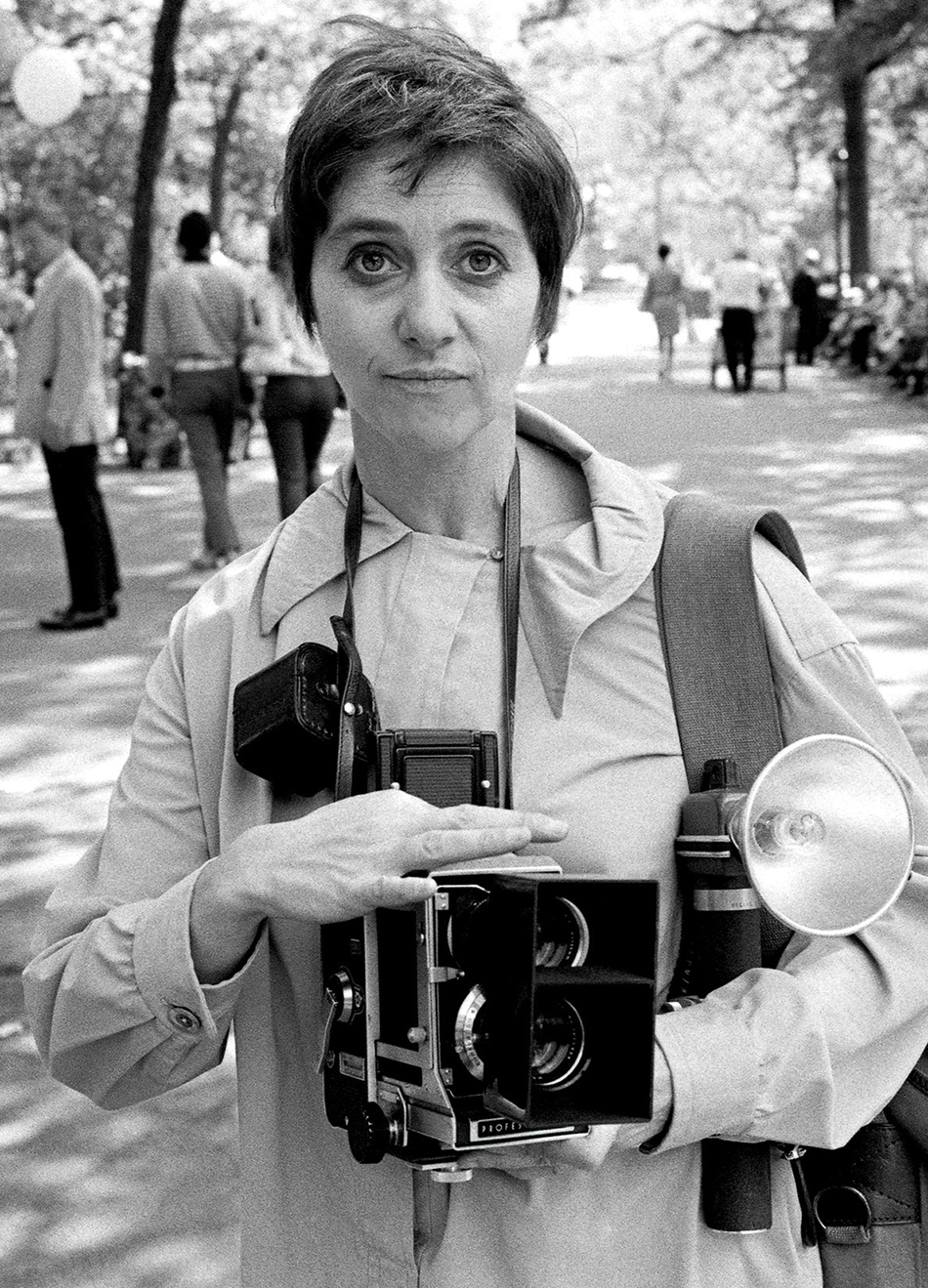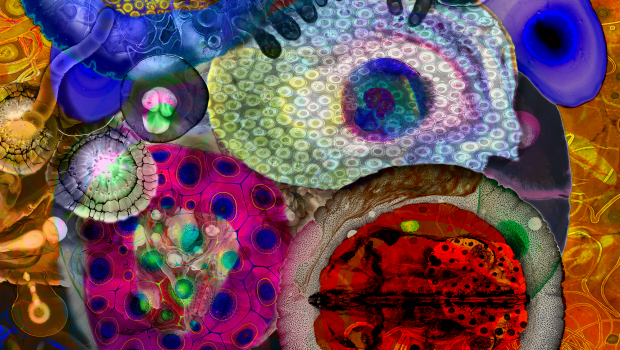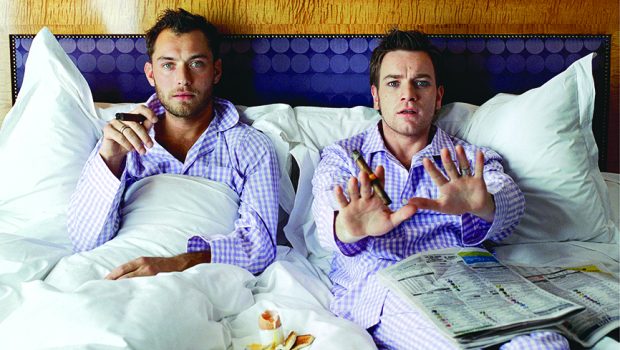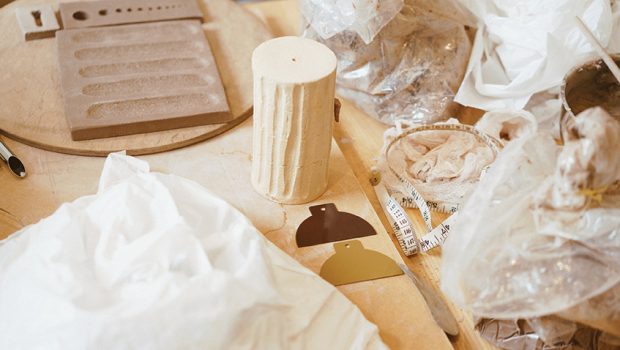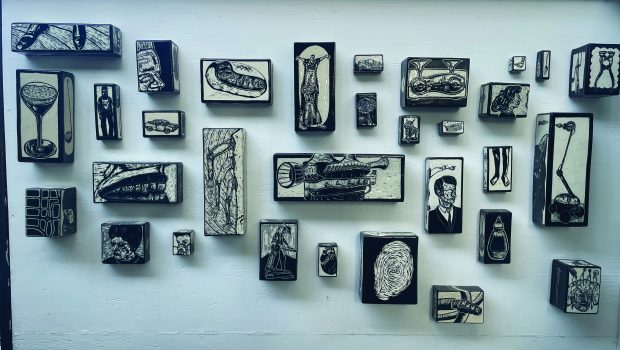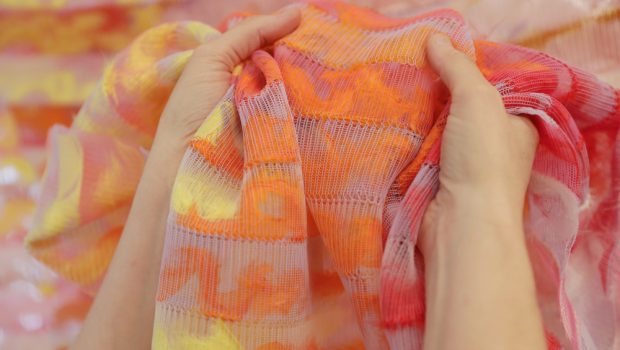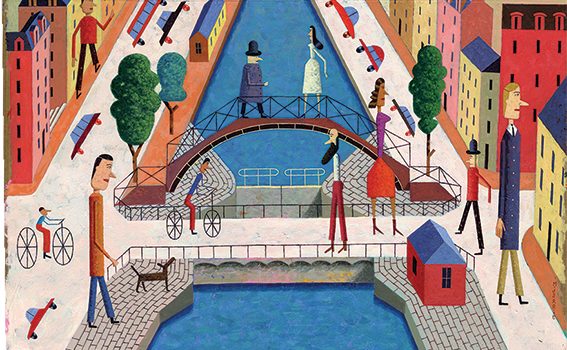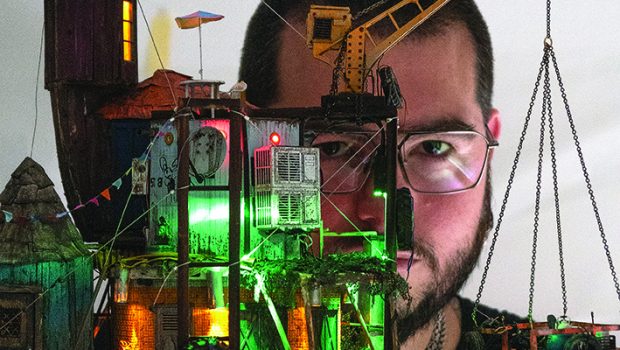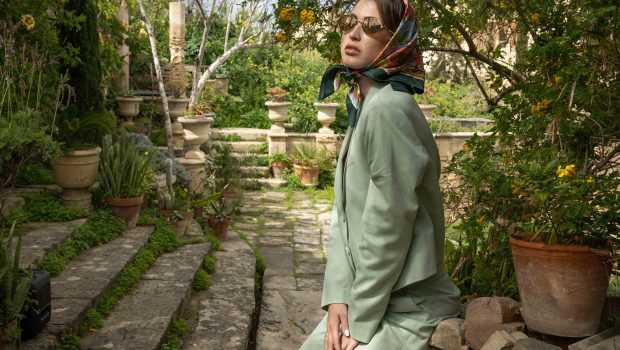The fringes of society
A look at the late photographer Diane Arbus’ intriguing work up until her suicide in 1971
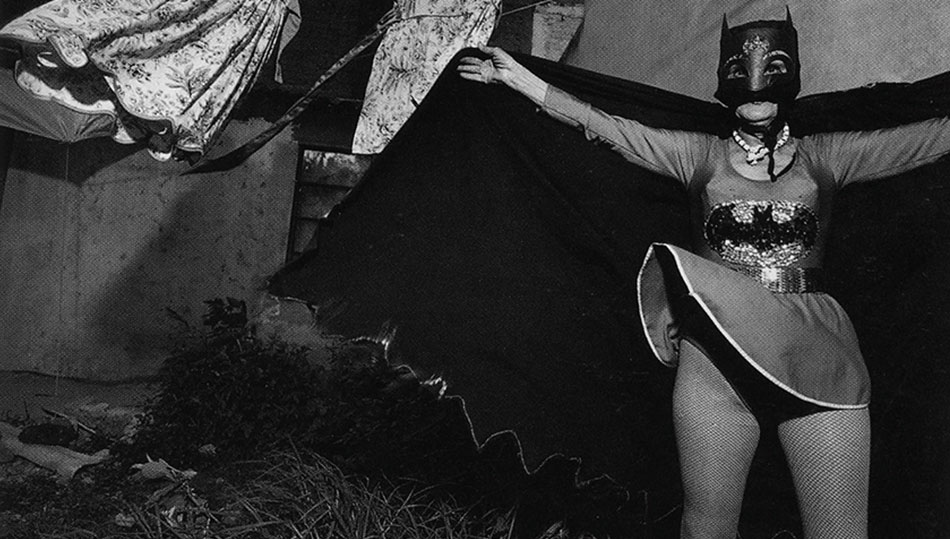
“Our whole guise is like giving a sign to the world to think of us in a certain way but there’s a point between what you want people to know about you and what you can’t help people knowing about you. And that has to do with what I’ve always called the gap between intention and effect.” – Diane Arbus
American photographer and writer Diane Arbus was notorious for her photographs of marginalised individuals on the fringe of society, whose normality was perceived by the general public as ugly or surreal; dwarfs, giants, transgenders, nudists, circus performers, to name a few.
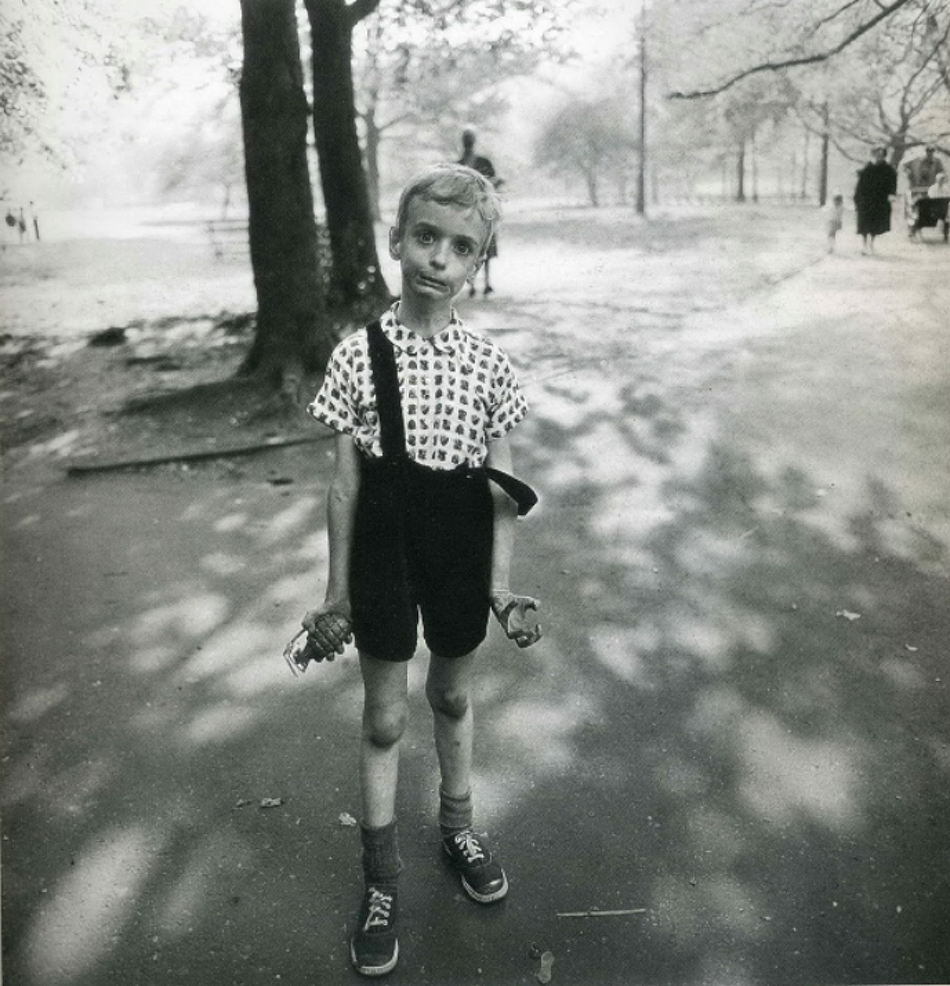
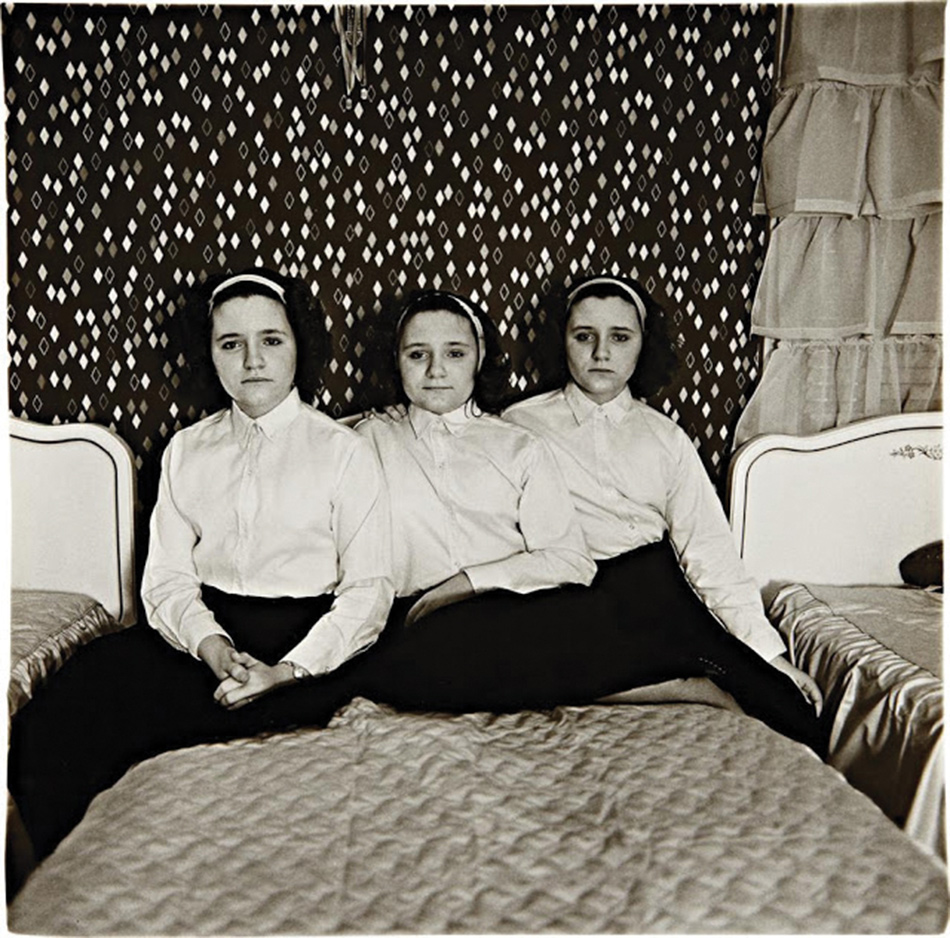
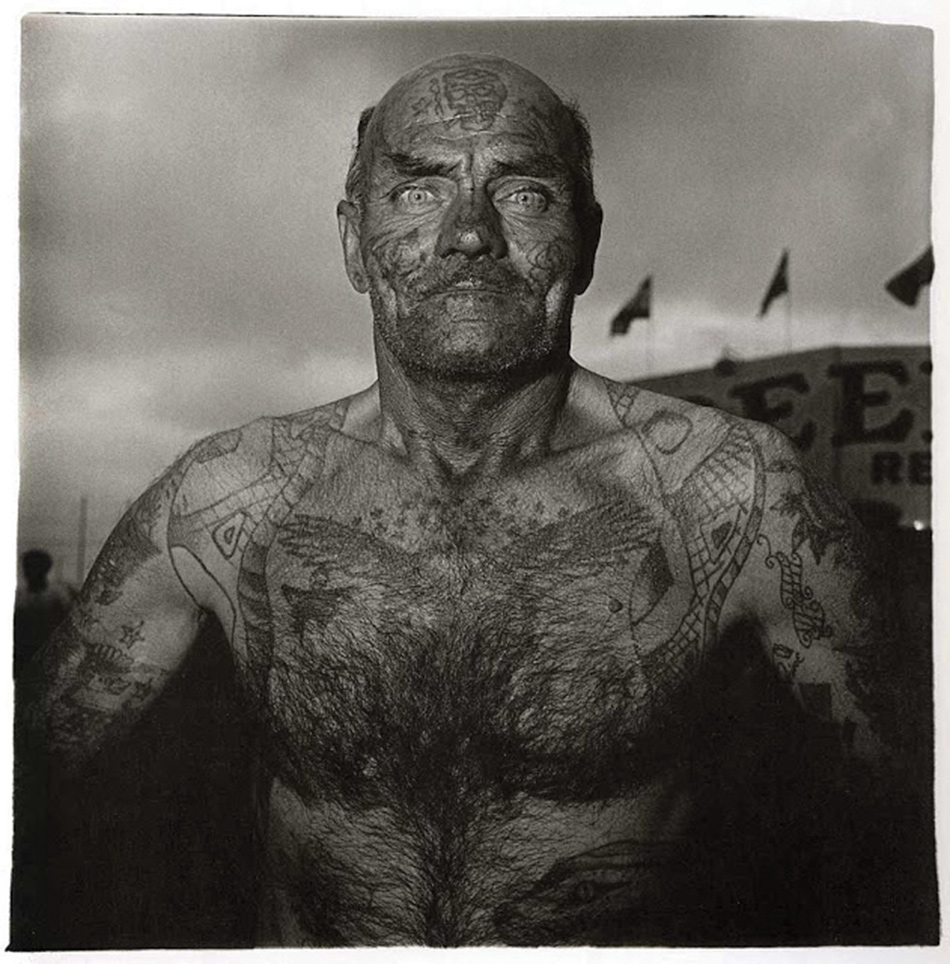
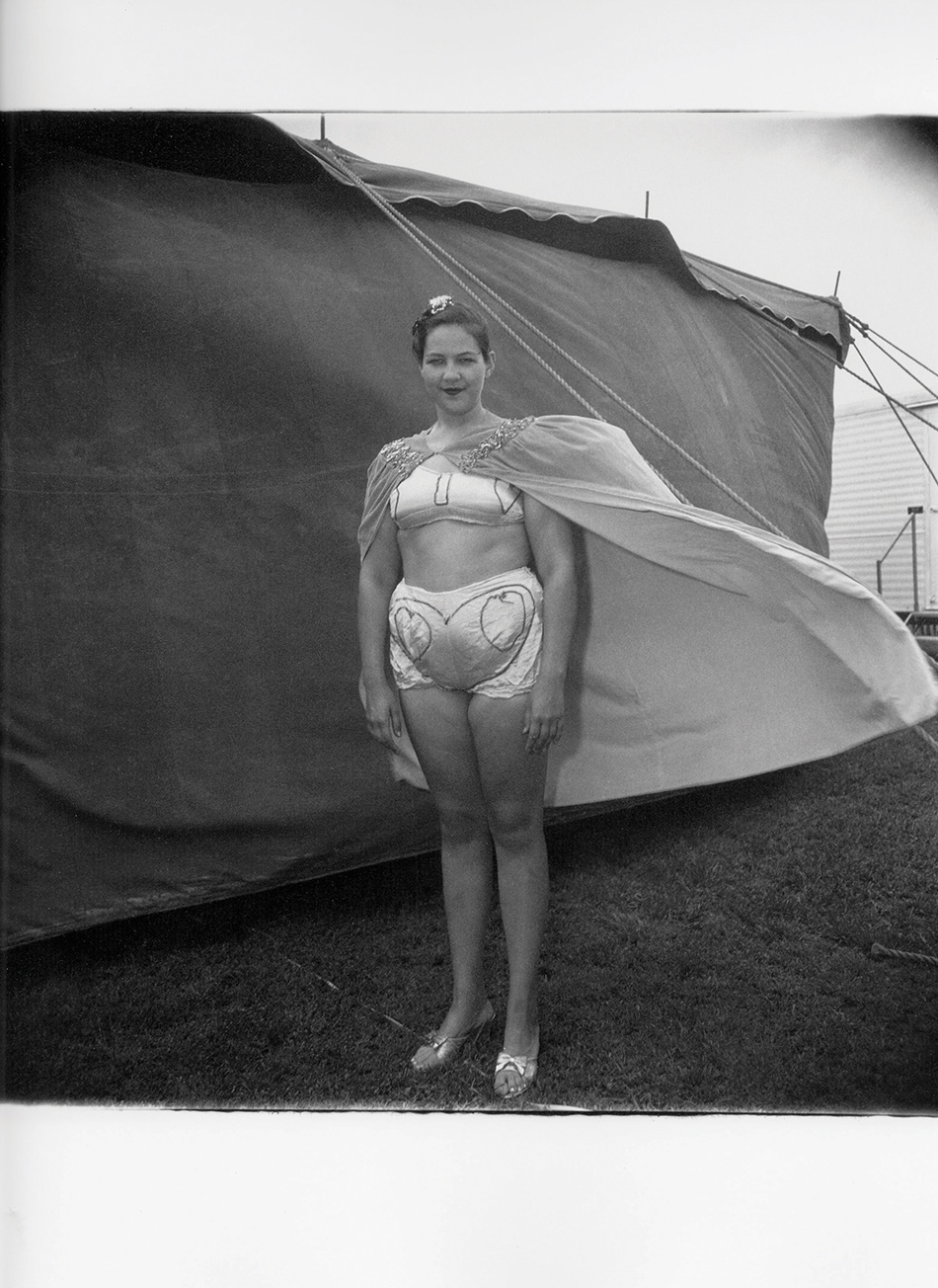
“If I were just curious, it would be very hard to say to someone, ‘I want to come to your house and have you talk to me and tell me the story of your life,’” she once explained. “I mean people are going to say, ‘You’re crazy.’ Plus they’re going to keep mighty guarded. But the camera is a kind of license. A lot of people, they want to be paid that much attention and that’s a reasonable kind of attention to be paid.”
A wealthy Jew in New York City, Arbus’ father was the owner of a famous Fifth Avenue department store called Russek’s. With her then husband, Arbus began by taking photographs for the department store’s advertisements, which led them to opening a commercial photography business after the war. Their photographs were contributed to a host of fashion magazines, such as Glamour, Seventeen, Vogue, Harper’s Bazaar, and others, even though it’s been said that they disliked the fashion world.
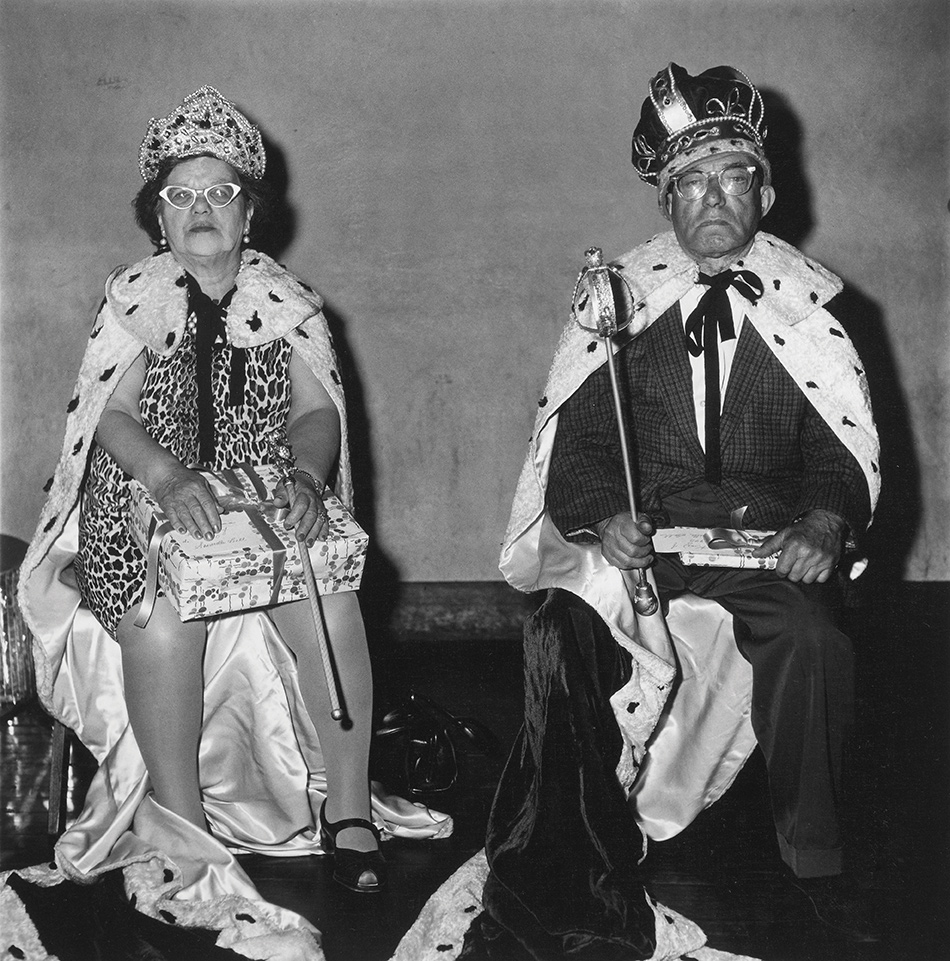
By the mid 50’s Arbus tired of the commercial photography business and began photographing on assignment for magazines such as Esquire and The Sunday Times Magazine. Almost a decade later, Arbus switched from a 35mm Nikon camera which produced grainy rectangular images to a twin-lens reflex Rolleiflex camera that produced more detailed square images. She then added to this a twin-lens reflex Mamiya camera with flash. Her methods included establishing a strong personal relationship with her subjects and re-photographing some of them over many years.
Curator of Arbus’ first major exhibition at the Museum of Modern Art, John Szarkowski said of her early work, “[it’s] photography that emphasised the pathos and conflicts of modern life presented without editorialising or sentimentalising, but with a critical, observant eye”.As her fame as an artist increased, Arbus’ magazine assignments decreased and she began to explore subjects that intrigued her.
Using softer light than in her previous photography, she took a series of photographs in her later years of people with intellectual disability showing a range of emotions. At first, Arbus considered these photographs to be “lyric and tender and pretty”, but by 1971 (the year of her suicide), she told Photographer Lisette Model that she hated them.
Critics were varied in their perception of Arbus. In 1967 Max Kozloff wrote that her photographs have “an extraordinary ethical conviction” because they were taken with the subjects’ consent and thereby challenge the viewer. Hilton Kramer opined that Arbus “altered the terms of the art she practiced” and “completely wins us over”. On the other hand, Judith Goldman was of the opinion that Arbus’ photographs betrayed their subjects by portraying them as full of despair. In 2007 Wayne Koestenbaum asked whether Arbus’ photographs humiliate the subjects or the viewers.
“Freaks was a thing I photographed a lot…. Most people go through life dreading they’ll have a traumatic experience. Freaks were born with their trauma. They’ve already passed their test in life. They’re aristocrats.” – Diane Arbus
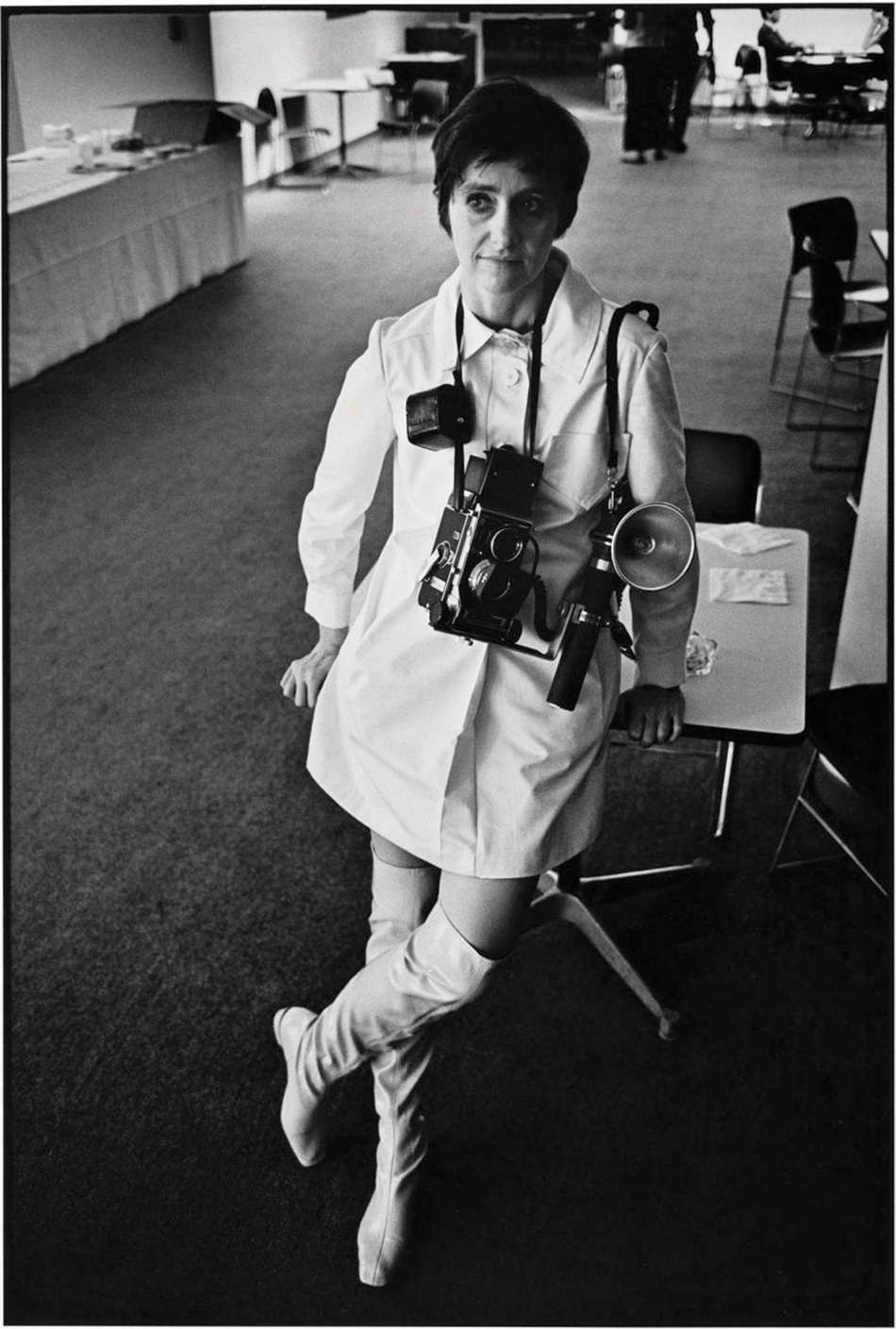
Similar to those allegedly experienced by her mother, Arbus experienced depressive episodes throughout her life, which may have worsened by symptoms of hepatitis. At 48 years of age, while living at Westbeth Artists Community in New York City, Arbus took her own life by ingesting barbiturates and slashing her wrists with a razor. Her body was found in the bathtub two days later by Art Director Marvin Israel.
A year later, Arbus became the first American photographer to have photographs displayed at the Venice Biennale. Millions viewed traveling exhibitions of her work in 1972–1979.
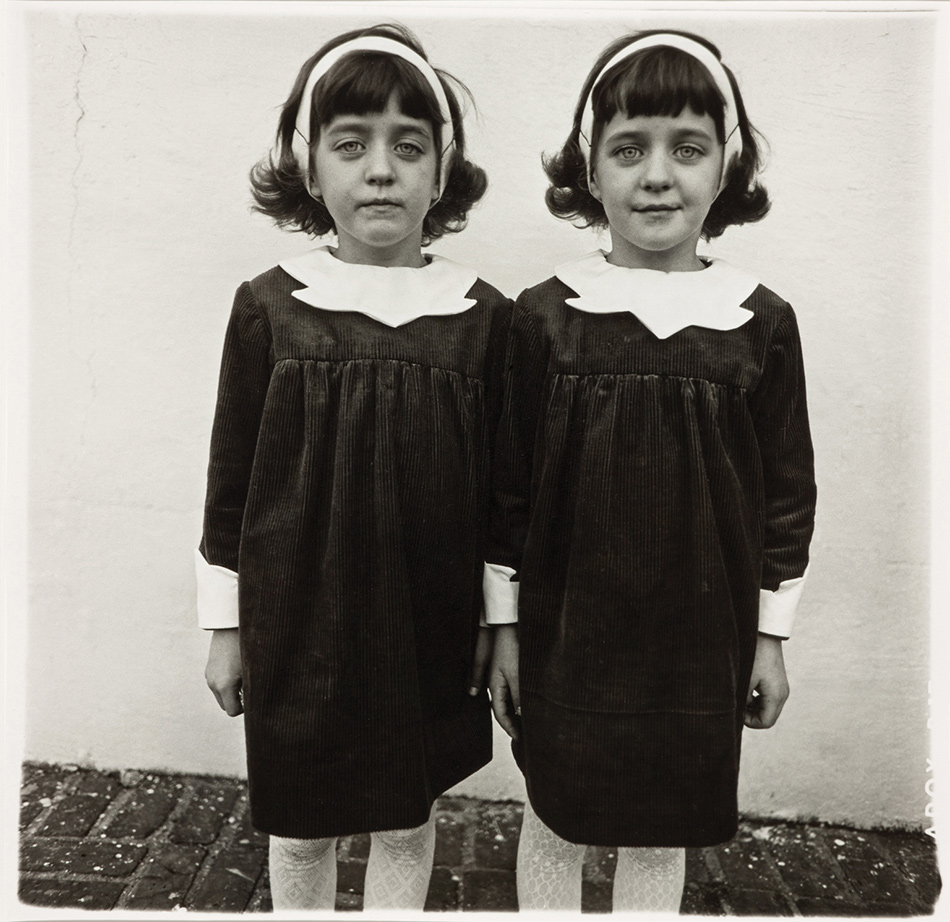
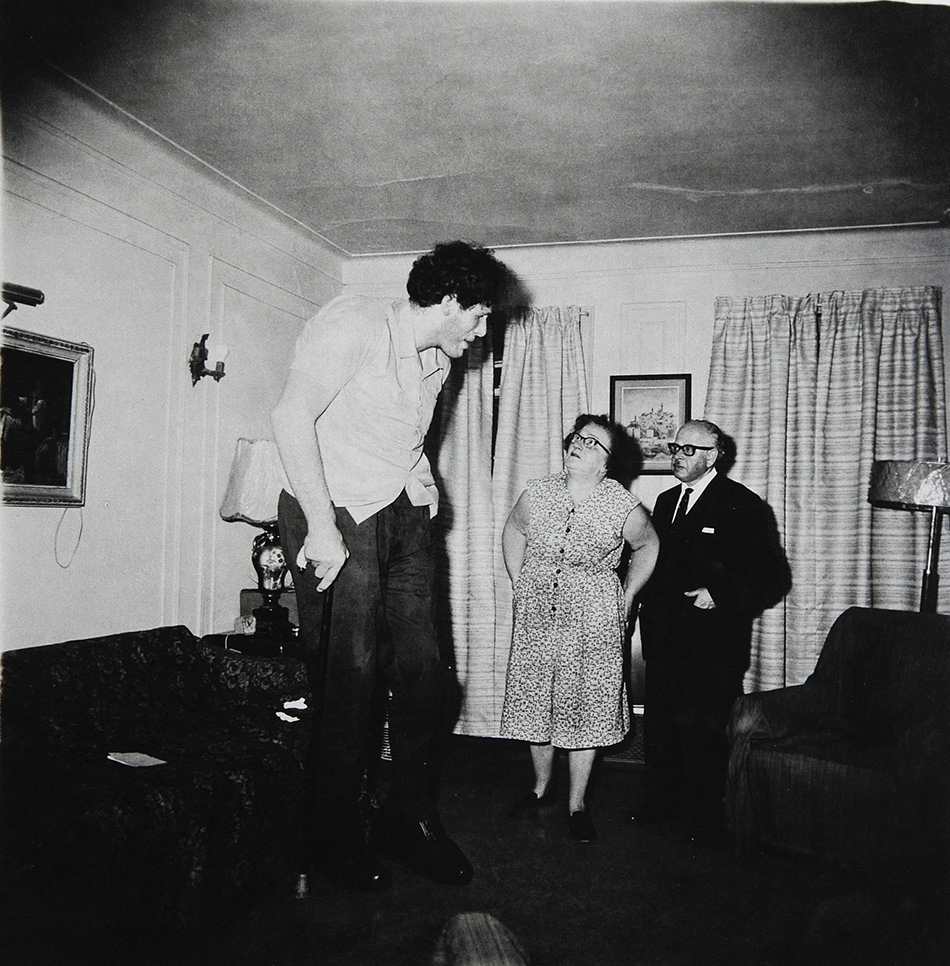
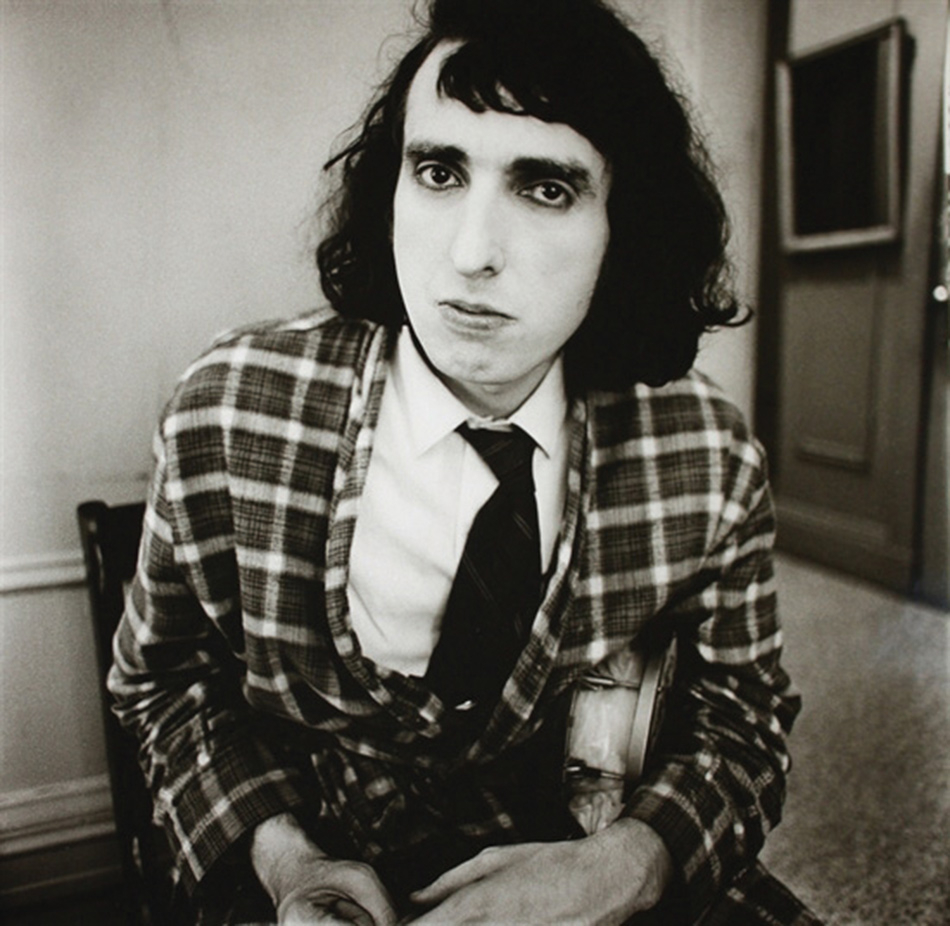
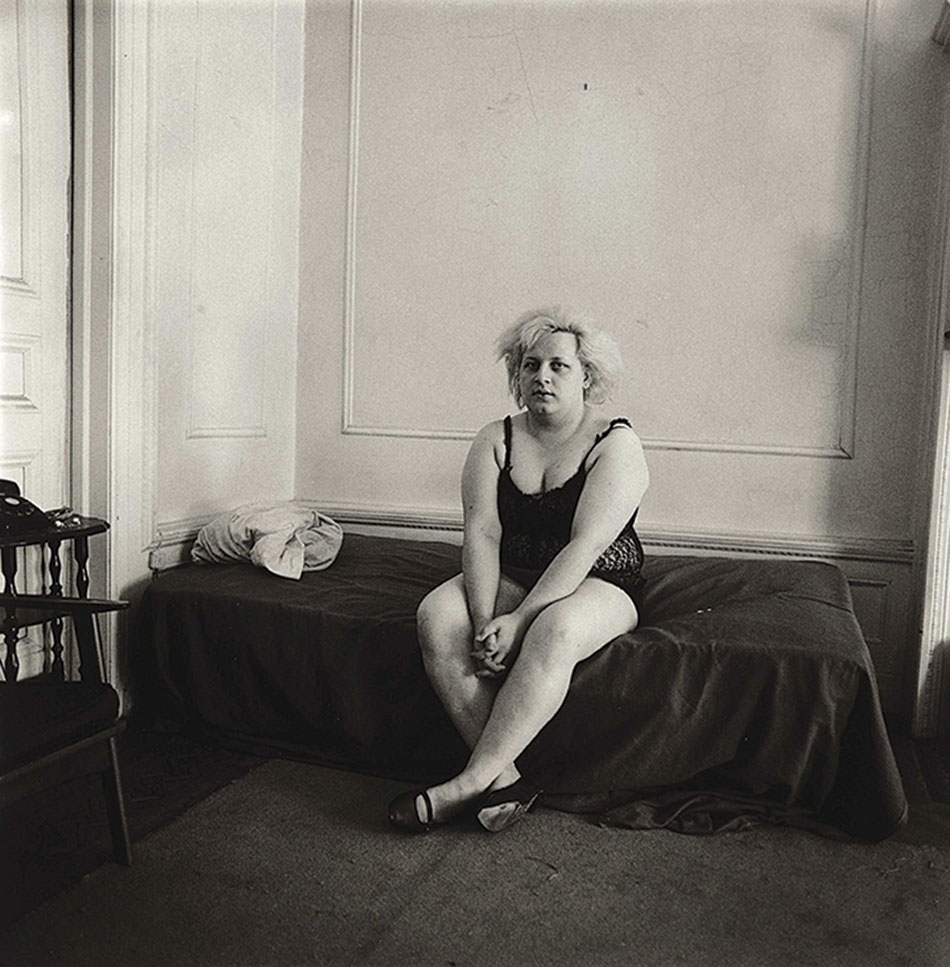
In 2006, the fictional film ‘Fur: an Imaginary Portrait of Diane Arbus’ was released, starring Nicole Kidman as Arbus, using Patricia Bosworth’s book ‘Diane Arbus: A Biography’ as a source of inspiration.
This year, the exhibition “Diane Arbus In the Beginning” is being held at The Met Breuer in NYC until November 27th.
“A photograph is a secret about a secret.
The more it tells you, the less you know.”
– Diane Arbus
